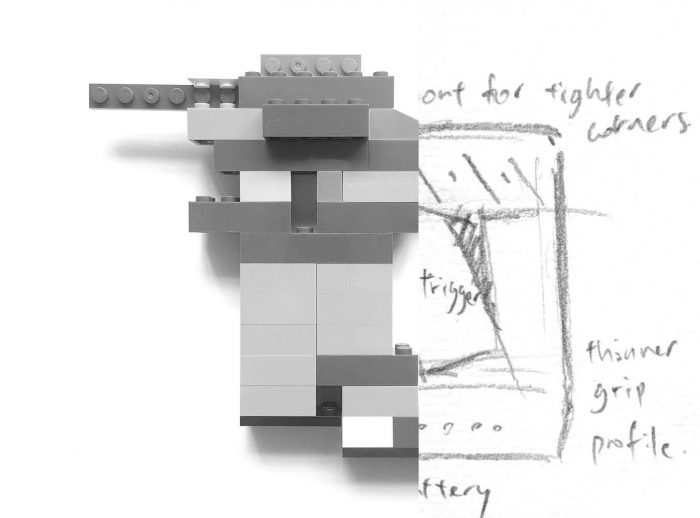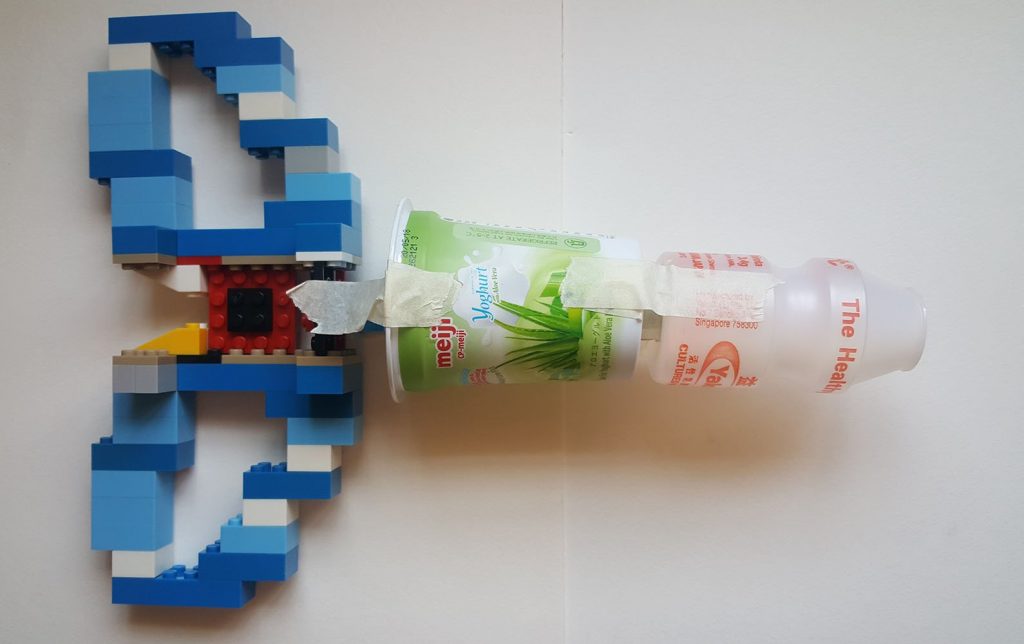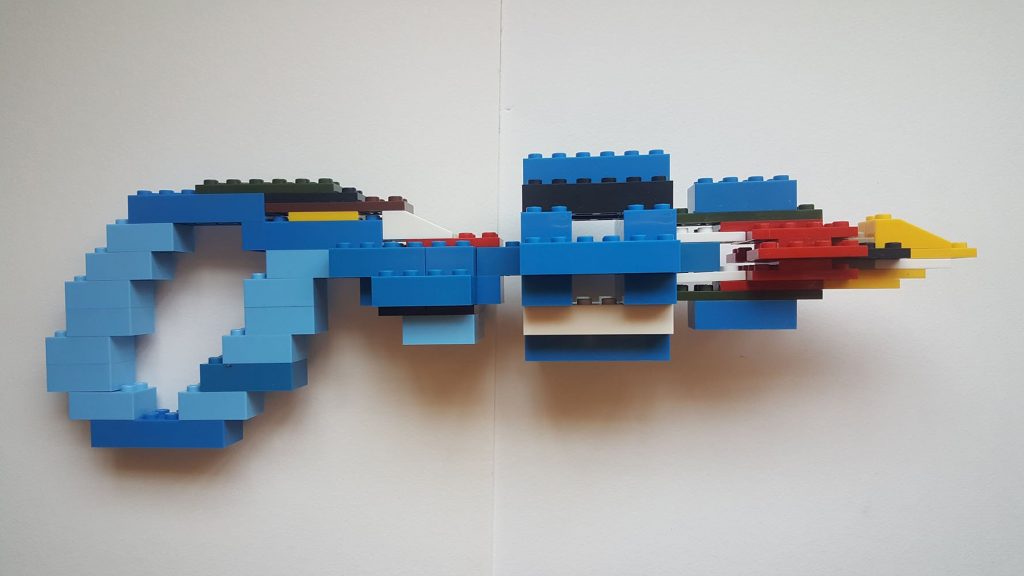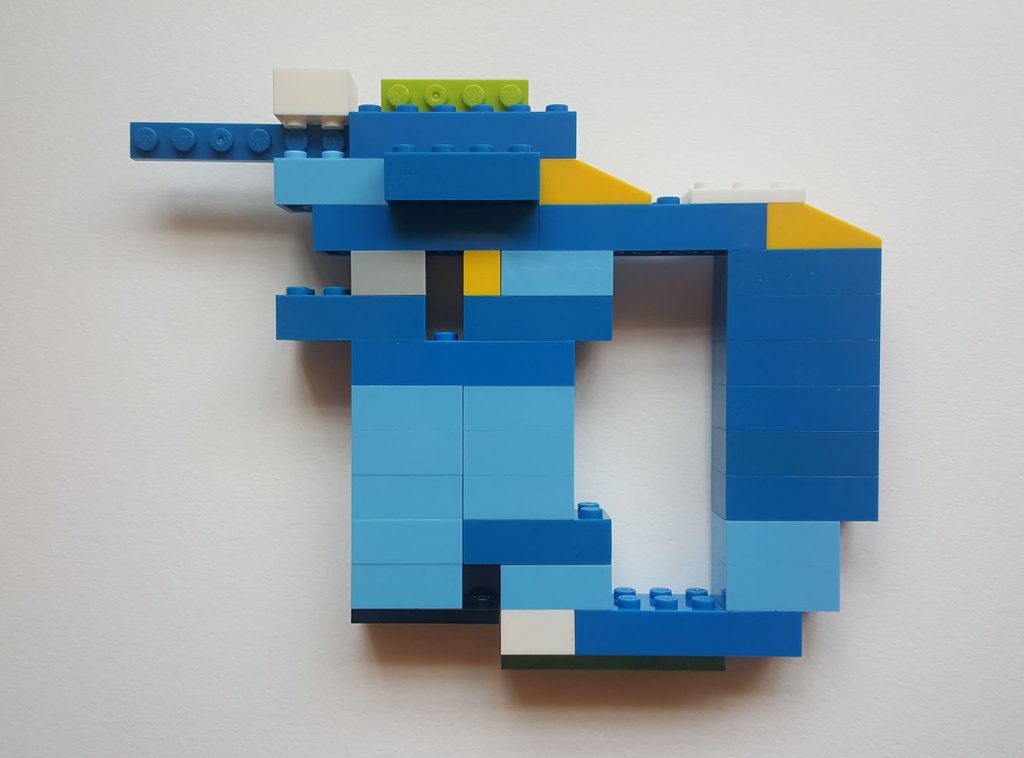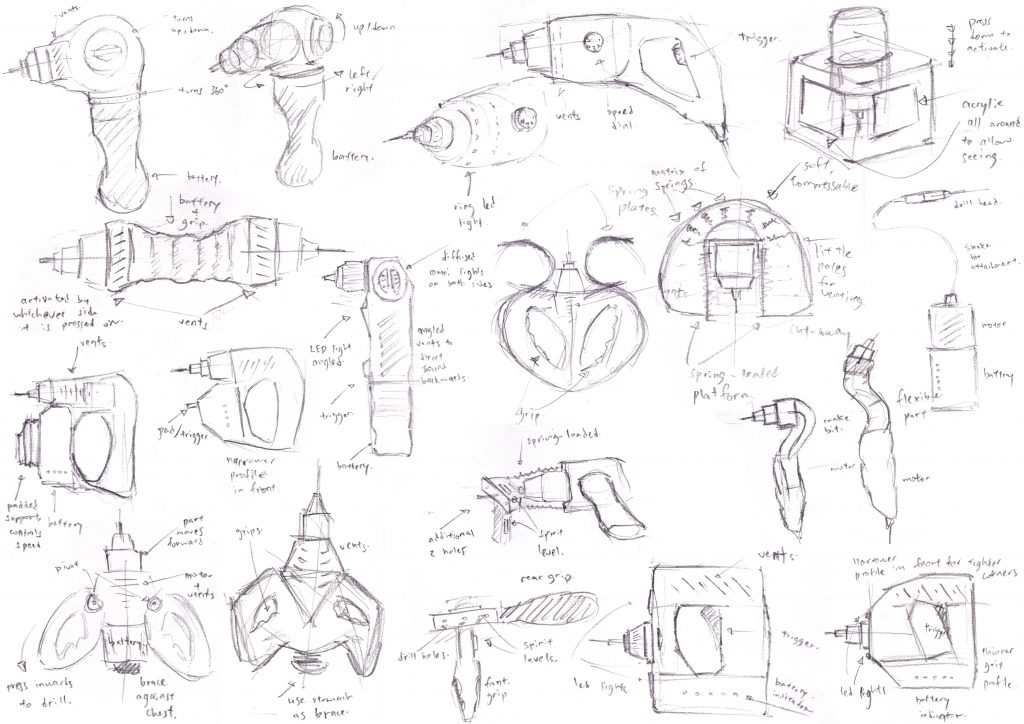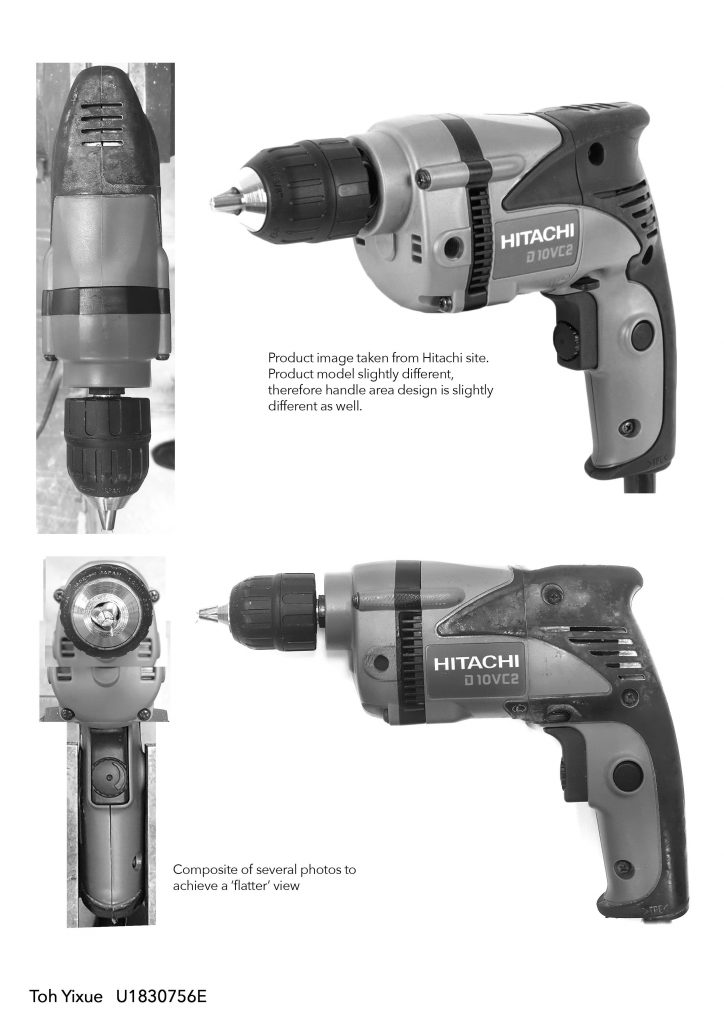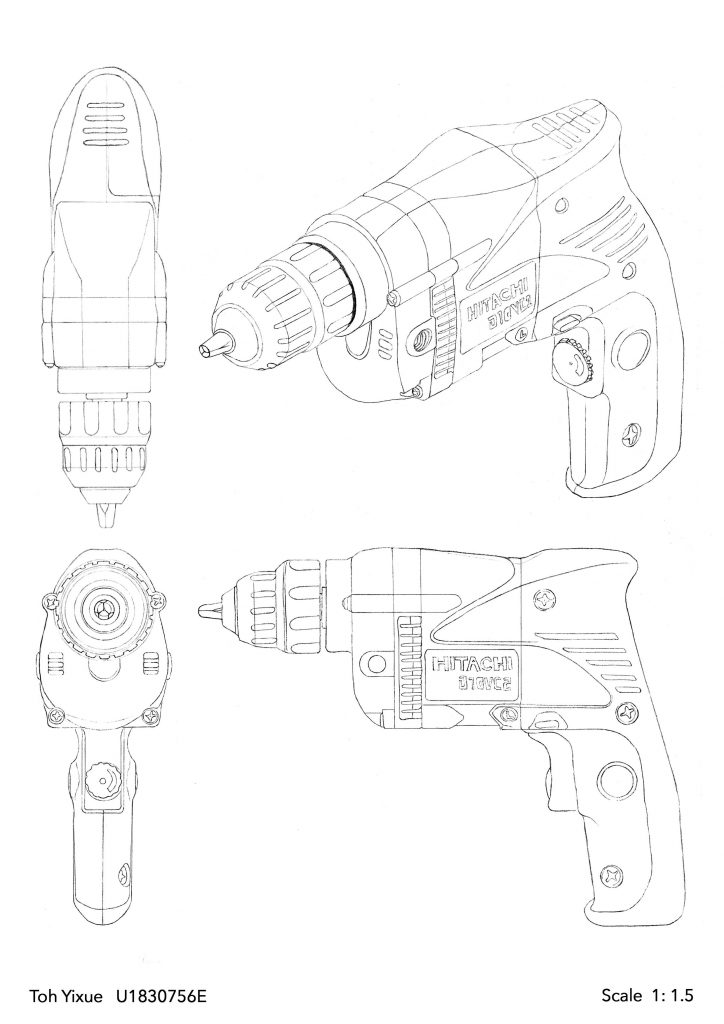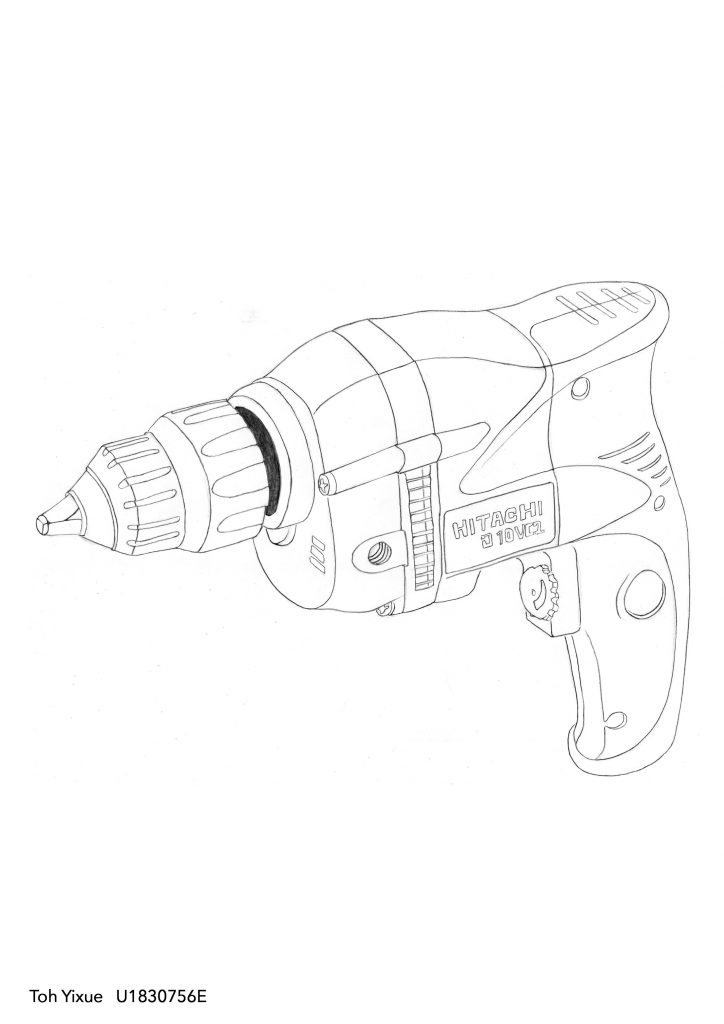
Pinterest board for inspiration
Some keywords to guide concepts
- organic vs hard
- pivots
- open, airy
- facades
- tie in with east/west concept, directions dictate function of space
- slim, tall
- acoustically sound open-space for concerts
I first started off with some scribbling. I also drew a pretty detailed model of what I imagined after the paper prototypes.
Paper prototypes!
Then I proceed to explore shapes using paper prototypes, more tactile in my opinion. My main design inspiration is in the shape of a bonsai plant. It will be a 40+ stories skyscraper with outdoor platforms and semi-translucent flowy shelters.
Base structure construction

Raw wood is sized up to rough proportions. Then they are shaped with a wood rasp, files and sandpaper. Dowels are used as pins to allow for easy re-assembling.
Platforms and shelters construction

First, mockup is done with paper, then sheet aluminium is cut using paper templates. Shelters are made from tracing paper and supported by thin wire.
Final photos
Reflections
Overall, I managed to try a few new things for this project:
– Using raw wood from roadside fallen trees to make the base structure. I left one of the pieces in a box for a few days and mould grew on it. I managed to remove most of it, but some of it is still visible in the final.
– Use thin sheet metal, it was a little tricky to work with as its pretty sharp, but the advantages are that it holds its shape very well without any support, unlike paper
– Converting complicated isometric drawing to physical model. It was challenging to draw, build and revise the model back and forth. The organic shapes and having the parts pointing in many different directions does not make it any easier. The shelters were kinda made impromptu, so translating them into drawing is also challenging. I try to keep the essence intact whenever possible.












